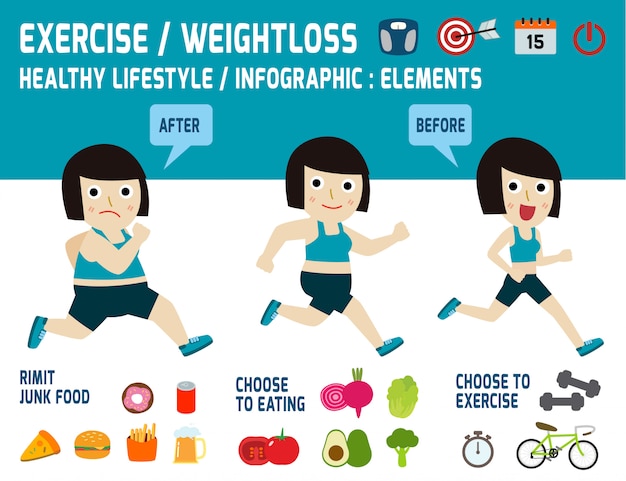Cold laser therapy is a helpful tool to aid in pain management and the recovery procedure. It is commonly utilized in sports medicine, dermatology and acupuncture.
Cold lasers pass through deep right into cells and promote chemical modifications without heating them. They decrease inflammation and swelling, speed up mobile activity and increase recovery.
Academic Background
Unlike the high-intensity lasers that surgeons use to puncture tissue, cool laser therapy uses light-emitting diodes to permeate into your skin and advertise healing. As these photons get to damaged cells, they initiate a domino effect that boosts your cells' production of enzymes and increases your body's natural healing procedures.
The photons also minimize pain with the production of endorphins and boost your body's ability to drain pipes swollen locations by inducing vasodilation (the development of blood vessels). Because of this, it helps you recuperate from bone and joint injuries and pain quicker.
Many people have actually heard about chilly laser therapy from their physiotherapist, chiropractic practitioner or medical professional and might be asking yourself exactly how it functions. Unlike many laser tools used in the clinical area, which actually warm up cells, our cutting edge tools emits cool laser light beams that do not create any kind of home heating of your tissues. This enables your body to obtain the therapeutic benefits without activating any kind of side effects.
Scientific Tests
Cold laser therapy is commonly recommended as a treatment choice for patients who have musculoskeletal discomfort and injuries. It can be made use of to reduce inflammation, reinforce tissues and increase the body's natural healing processes.
Non-thermal photons of red and infrared laser radiation are taken in by the light delicate components in cells and initiate an increase in intracellular metabolic process that raises cell reproduction, reduces inflammation, gets rid of edema and reduces recovery time.
Unlike the light that is generated by sunshine or standard lights, laser light is parallel (all wavelengths travel in the same direction), meaningful and monochromatic. These buildings permit laser power to penetrate deeper right into the tissues.
Several medical tests have actually revealed that LLLT can be effective in decreasing discomfort in the bone and joint system. However, more well-designed studies are needed to evaluate the optimum settings for laser irradiation and to identify its performance in specific conditions, such as dental mucositis in cancer individuals obtaining chemotherapy or radiotherapy, and injury healing (consisting of diabetic ulcers complying with hammertoe surgery). This Aetna policy publication does not resolve various other uses of LLLT, including the treatment of different skin diseases.
Verdicts
Unlike medical lasers that can destroy tumors or coagulate tissue, chilly laser treatment does not heat up the body's cells. Rather, the light promotes your cells to create adenosine triphosphate, which accelerates the repair service procedure of damaged cells.
Aetna takes into consideration low-level laser (LLL) treatment medically necessary for the prevention of oral mucositis associated with cancer treatment (chemotherapy, radiation therapy, hematopoietic stem cell transplantation) and non-cancer therapies (such as radiodermal injury, fibromyalgia). Several research studies revealed that LLT can be efficient in lowering PU symptoms without unfavorable effects. However, differences in research layouts and laser dosimetry made contrast of the outcomes hard; RCTs with reduced danger of bias are needed. Making use of a 660 nm wavelength and greater power density appears to be extra reliable than the various other examined laser wavelengths. This could be due to the fact that the various other wavelengths may stimulate inflammatory procedures and trigger more side effects. The effect of the sort of laser made use of is likewise essential; the writers recommend that future research concentrate on reviewing different kinds of lasers and their dosages to determine the optimum combination of laser criteria for PU prevention.
Suggestions
Cold laser therapy is utilized by dentists to deal with irritated periodontal tissue, physicians to reduce pain triggered by rheumatoid arthritis, and physical therapists to speed the recovery of muscle mass, ligament, and tendon injuries. Numerous clinical insurance plans cover this therapy.
Unlike warm lasers, which have a thermal effect on tissues, chilly lasers (likewise called low-level lasers) boost the cellular energy of the skin. Photons from the laser light permeate right into the cell, causing a collection of chemical changes that promotes regeneration and minimizes swelling.
In order to be effective, lasers should be effectively arrangement and made use of. This is why it is not a good idea to purchase an economical over-the-counter laser gadget and try to treat on your own in your home. An experienced practitioner is required to guarantee that the gadget is utilized properly to lessen the danger of eye injury and optimize its performance. The laser tool have to be adjusted to the correct laser cerca de mi setting, intensity, frequency, and position of the laser on the treatment area.
